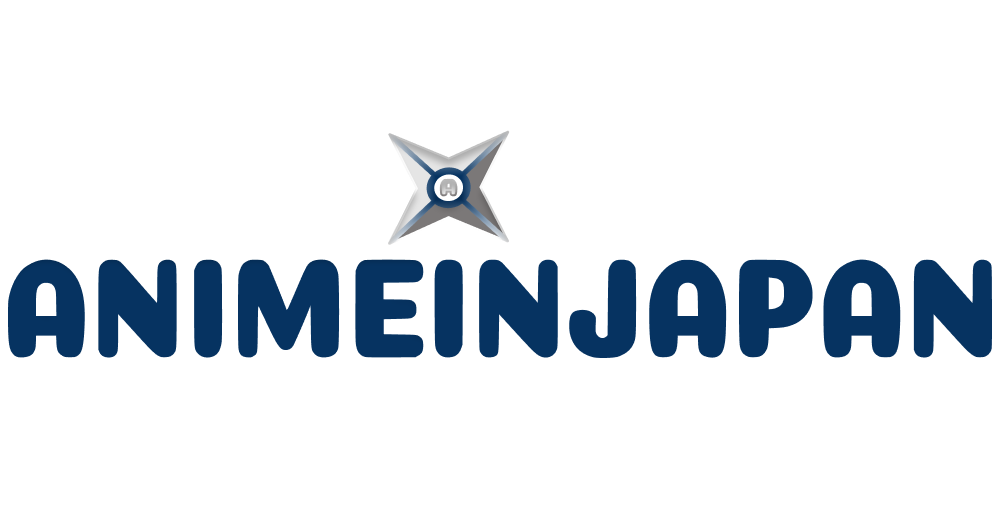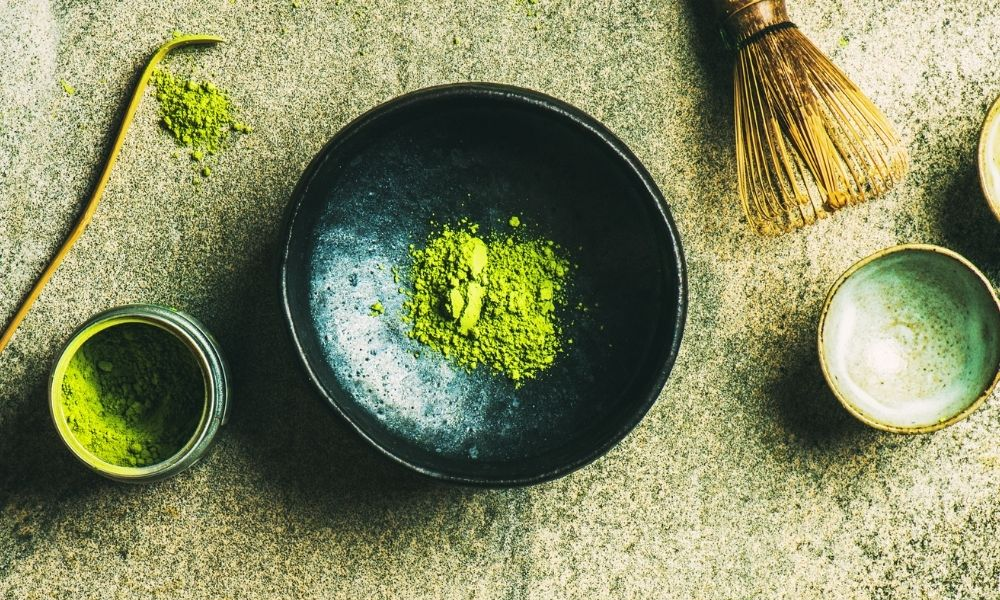The Chonmage Hairstyle
Beneath the intricate folds of the chonmage hairstyle lies a rich tapestry of history and tradition that are overlooked. This iconic Japanese hairstyle holds secrets of samurai valor, societal status, and cultural evolution. Discover the lesser-known facets of the chonmage and how its legacy continues to shape Japan’s heritage today.
The Hairstyle Even Japanese Don’t Know Much About
The chonmage is one of the most iconic and recognizable elements of traditional Japanese culture. Particularly this unique topknot hairstyle, often associated with samurai and sumo wrestlers, has a fascinating history and deeper significance than most people, including many Japanese, might realize. Let’s delve into the lesser-known secrets of the chonmage.

Origins and Evolution
The chonmage dates back to the Edo period (1603-1868), a time of relative peace and stability in Japan under the Tokugawa shogunate. Originally, it was a practical hairstyle worn by samurai to secure their helmets during battle. The shaved pate and the tied topknot ensured that their helmets, or kabuto, stayed firmly in place during combat. This practical origin was crucial in ensuring that a samurai’s helmet would not slip during the chaos of battle,. It provided both protection and a clear line of sight.
As time passed and the Edo period brought about a more peaceful era, the chonmage evolved from a purely functional necessity to a symbol of social status and fashion. During this period, the hairstyle became more elaborate, with different variations emerging. As a result, it became a fashion statement among the upper classes. Wearing the chonmage was a way for samurai to display their pride in their social standing and adherence to the bushido code.

Symbol of Status
Beyond its practical origins, the chonmage soon became a marker of status. In addition, different styles of chonmage could indicate a samurai’s clan, region, or rank within the societal hierarchy. The intricacies of the chonmage style were not merely for show. They conveyed a samurai’s position and identity within the rigid social structure of feudal Japan.
For instance, higher-ranking samurai often had more elaborate and meticulously maintained chonmage. This hairstyle was an outward symbol of their dedication to their duties and their place within the social order. It was common for these samurai to spend considerable time and effort ensuring their chonmage was perfectly styled, reflecting their commitment to the bushido ethos.
The Hidden Meanings
The chonmage wasn’t just a fashion or practical statement; it also held spiritual significance. The shaved portion of the head was thought to be a point of spiritual focus and discipline. Moreover, maintaining a chonmage required daily care, symbolizing the samurai’s dedication to their code of conduct, known as bushido.
During the Edo period, bushido emphasized loyalty, honor, and discipline. The meticulous care required to maintain a chonmage was seen as an extension of these principles. The daily ritual of grooming and styling the hair became a meditative practice, reinforcing the samurai’s commitment to their spiritual and social duties.
Modern Interpretations
In modern Japan, you rarely see the chonmage outside of historical reenactments, traditional festivals, or sumo wrestling. Nevertheless, it still carries a strong cultural resonance. For instance, sumo wrestlers wear a chonmage as a sign of professional status. Sumo wrestlers who reach a certain rank can wear this traditional hairstyle.
Sumo wrestlers, known as rikishi, regard the chonmage as a symbol of their dedication and achievement in the sport. The sumo chonmage is often styled in a slightly different manner, with the topknot resembling a ginkgo leaf. This variation reflects the chonmage’s continued evolution and adaptation within different cultural contexts.
The Chonmage in Pop Culture
The chonmage has also found its way into global pop culture, often depicted in movies, anime, and video games. While these depictions sometimes exaggerate or stylize the chonmage, they help keep the image of this unique hairstyle alive. Characters in popular media, from samurai warriors in films to historical figures in anime, often sport the chonmage, making it an enduring symbol of Japanese tradition.
Fun Facts
- Hair Care: Maintaining a chonmage required a specific set of grooming tools and oils to keep the hair in place and the scalp healthy. Stylists use traditional hair oils, known as bintsuke-abura, to keep the hair shiny and in place
- Sumo Tradition: They hold a special ceremony called danpatsu-shiki, during which the topknot is ceremonially cut off. This ceremony marks the wrestler’s transition from their career in sumo back to civilian life.
- Cultural Revival: There are occasional cultural revival movements where younger Japanese individuals experiment with traditional hairstyles, including the chonmage, as a form of artistic expression. These modern interpretations often blend traditional aesthetics with contemporary fashion, showcasing the timeless appeal of the chonmage.
Where to See Chonmage in Japan Today
- Grand Sumo Tournaments: If you watch a Grand Sumo tournament at Ryogoku Kokugikan or other venues, you can see sumo wrestlers’ chonmage up close.
- Historical Drama Events: There are historical drama events and festivals held throughout Japan, where extras and actors often wear chonmage as part of their samurai attire.
- Kyoto Toei Uzumasa Eigamura: Toei Uzumasa Eigamura in Kyoto, a famous film studio for historical dramas, offers opportunities to see actors performing in chonmage.

How to Try Chonmage Hairstyle
- Wigs: There are various types of wigs available, from authentic wigs used in historical dramas to casual cosplay wigs.
- Hair Styling: You can consult a hairstylist who is familiar with chonmage to style your hair.
- Barber Shops: Search online using keywords like “barber shop chonmage” to find barber shops that offer chonmage services.

The Surprising Connection: Chonmage and Oysters
Interestingly, you can parallel the cultural significance of traditional Japanese hairstyles with the importance of oysters in Japanese cuisine and society. Just as the chonmage has evolved over centuries, the consumption and cultivation of oysters in Japan have a long and storied history.
Oysters have been a staple in the Japanese diet for over a thousand years. In the Edo period, when chonmage became popular, oysters were also a popular delicacy, especially in regions like Hiroshima. The meticulous care required to cultivate oysters parallels the dedication needed to maintain a chonmage, symbolizing patience and a deep connection to tradition.
Importance of the Chonmage
The chonmage is more than just a hairstyle; it’s a window into Japan’s rich cultural and historical tapestry. Understanding its origins and significance provides deeper insight into Japanese traditions. Additionally, the history of oysters in Japan highlights the country’s culinary heritage and the meticulous care that goes into maintaining traditional practices. Next time you see a chonmage, whether in a historical drama or a sumo match, or enjoy a plate of fresh Japanese oysters, you’ll know there’s much more to these cultural icons than meets the eye.
Discover More About Japan’s Rich Culture and Traditions: Visit AnimeInJapan to explore our curated collection of everything Japanese, from anime to travel hacks and more. Immerse yourself in the essence of Japan and celebrate its timeless heritage with us.
2 Reviews
Great article! The chonmage hair style is so uniquely Japanese. It would be interesting to look into if any other culture throughout time did hair styles like that.
Great article! The chonmage hair style is so uniquely Japanese. It would be interesting to look into if any other culture throughout time did hair styles like that.










